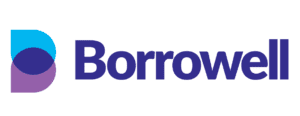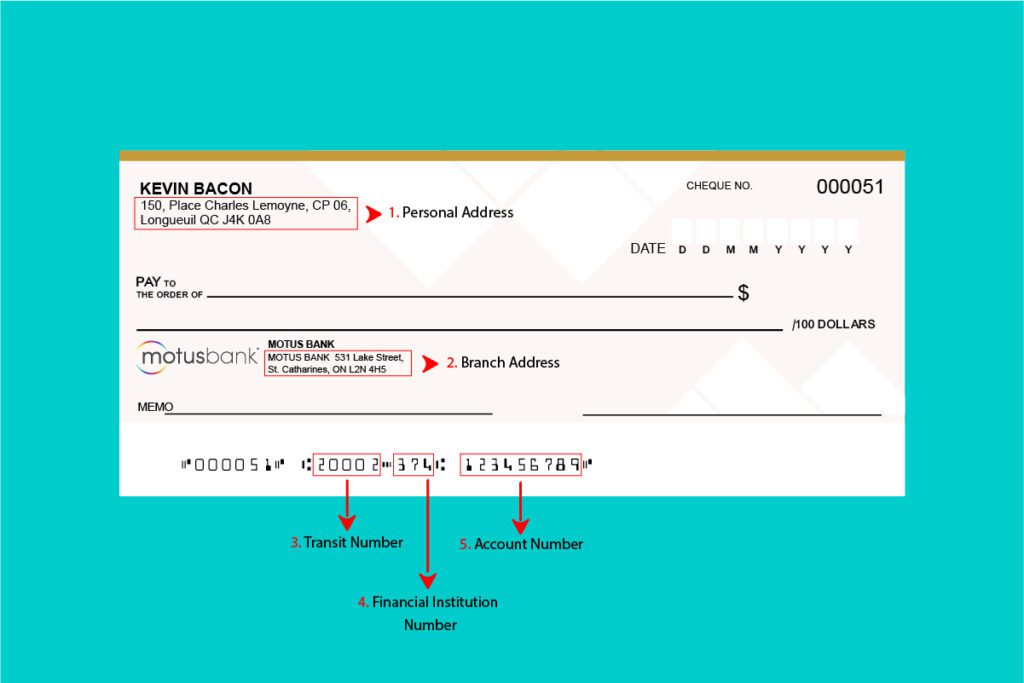
A strategic savings plan is a vital component of personal financial planning. Whether it’s for a retirement nest egg decades from now, a down payment on a new home, or even an extended backpacking trip across an entire continent, it’s wise to save and invest a portion of your income each month.
The federal government agrees. And to encourage and assist Canadians in their savings endeavours, it has instituted several special government-registered savings accounts. What differentiates registered accounts from regular savings accounts is their enticing tax benefits, which allow individuals to defer the payments of taxes on their investment earnings or bypass them altogether.
One of the most popular registered accounts is the Tax-Free Savings Account (TFSA). Introduced in 2009, TFSAs have been wholeheartedly embraced by savers, thanks to their tax-advantaged features and versatility. CRA statistics revealed in January 2021 that Canadians held nearly $300 billion in TFSAs as of December 31, 2018.
In many ways, TFSAs act to supplement another registered account known as the Registered Retirement Savings Plan (RRSP), which made its debut in Canada in 1957. The RRSP has a reputation for being the premier registered savings account in the country. According to a Statistics Canada report released in March 2021, over $5.9 million Canadians contributed to an RRSP in 2019.
Suppose you’re eager to open your own registered savings account. Should you go with a TFSA or an RRSP? On the surface, it may seem like these two tax-advantaged accounts confer the same benefits. However, in certain circumstances, a TFSA is the superior choice for your financial goals and lifestyle.
Read on to learn about five situations where TFSAs emerge as the clear winner.
Your income places you in the lowest tax bracket
While RRSPs are known for their ability to minimize individuals’ income tax burden, there’s a common misconception they benefit each person equally in this regard. The truth is that your income must be at a certain level to reap the rewards of RRSPs, which include being the recipient of a whopping tax refund.
You can deduct RRSP contributions against your taxable income, which is how they work to reduce your overall tax liability. In general, the higher your income, the more you stand to gain in tax savings by contributing to an RRSP account. However, suppose your income is on the low end. In that case, these deductions will only have a marginal impact on reducing your tax burden.
In Canada, tax obligations for individuals are based on a progressive taxation scheme, which means your tax liability increases as you earn more income. All taxpayers fall into one of the following tax brackets (as of 2021):
- 15% on the first $49,020
- 20.50% on every dollar over $49,020 up to $98,040
- 26% on every dollar over $98,040 up to $151,978
- 29.32% on every dollar over $151,978 up to $216,511
- 33% on every dollar over $216,511
If your income fits neatly within the first tax bracket with a rate of 15%, you won’t gain much in tax savings by contributing to an RRSP account. By default, you’re already in the lowest tax bracket – any RRSP contributions you choose to deduct won't reduce your tax payable that much further. Also, at this income level, you have access to a wide assortment of tax deductions that, when combined, will vastly reduce your tax liability anyway. In this scenario, RRSP deductions are redundant.
Suppose your income falls in the first tax bracket, and you anticipate it will remain at this level for the foreseeable future. In that case, you’d be better of opening a TFSA rather than an RRSP. The former offers essentially the same benefits an RRSP does but with fewer restrictions.
You want flexibility
One reason TFSAs are so popular is the flexibility they offer. You can withdraw funds from your TFSA at any time, tax-free. This attribute makes a valuable TFSA in scenarios when you might find yourself strapped for cash, needing to make an emergency withdrawal. You also have the option of withdrawing money should you have to pay for a significant outlay, such as a new car or home renovation.
In contrast, if you withdraw funds from an RRSP, you’re legally obligated to report the amount as taxable income when you file your taxes. This action could bump you up into a higher tax bracket, increasing your tax payable for that year. Also, you’ll be subject to a federal withholding tax based on the amount you removed from your account. Your withholding tax liability is based on the sum of withdrawals for the year. Here are the current federal withholding tax rates:
- 15% for withdrawal amounts up to and including $5,000
- 20% for withdrawal amounts from $5,001 to $15,000
- 30% for withdrawal amounts greater than $15,000
As you can see, you’ll hurt your wallet badly should you make early RRSP withdrawals!
Another flexible feature of a TFSA is the ability to re-contribute any funds you withdraw in future years. If you access money from your RRSP, it can’t ever be re-contributed – you lose that contribution room forever.
The combination of tax-free withdrawals and re-contributions makes TFSAs a no-brainer if you’re keen on saving money but having the option to access it when necessary.
You have a short term or medium-term time horizon
Before deciding on the type of registered account to open, you should have a solid grasp of your investment goals and how long you intend to contribute money to your account.
Before committing to an investment plan through a registered account, you should decide on the purpose of your savings plan and how long you intend to keep the account active.
TFSAs are well-suited for time horizons that span a few years to a decade. They’re the ideal option if your goal is to save money for a new car, a down payment on a home, or tuition for post-secondary education. Once you reach your target amount, you can withdraw the funds without triggering any tax consequences or penalties.
On the other hand, RRSPs are specifically designed to help you grow your wealth over a much longer time frame, usually several decades. The primary purpose of an RRSP is to help fund your retirement, which is why the rules surrounding early withdrawals are so draconian. They act to dissuade you from accessing your money before you officially retire.
You expect to be in a higher tax bracket in the future
Paying tax on your RRSP withdrawals is not an appealing prospect. Still, the reasoning from a tax planning perspective is that your income will likely drop once you transition to retirement, thereby placing you in a lower tax bracket. The result is a far weightier tax bill.
However, the scenario described above doesn’t reflect the reality of individuals who end up in higher tax brackets in the future, including when they retire.
Suppose you anticipate generating a substantial income in the future, perhaps from a business you’re currently operating. In that case, your income may not decrease but rise substantially, placing you in a high tax bracket. Once you begin withdrawing funds from your RRSP, you’ll end up with a colossal tax bill. In essence, you deferred your tax obligations into the future, where you'll be subject to a tax rate much higher rate than when you initially contributed to your RRSP!
In this case, it would have been more prudent to build up your wealth through a TFSA. When you withdraw the funds, you won’t have to declare a single cent as taxable income, so it matters little what tax bracket you occupy in the future. Quite simply, the more income you expect to earn in the future, the more advantageous a TFSA becomes from a tax perspective.
RRSP withdrawals could also affect your eligibility for certain government-sponsored benefit programs since they can push you into a higher tax bracket.
For example, assume you’re over 65 and qualify for Old Age Security (OAS). Under the OAS program, a clawback provision is triggered when your net income reaches $79,054 (for the period July 2021 – June 2022). The consequence is that you’ll have to repay a portion of your OAS benefits at or above this income level. Should your income exceed $129,581, your OAS benefit disappears entirely.
With a TFSA, you never have to fret about such scenarios. Since withdrawals from a TFSA aren’t added to your net income, you’re less likely to get disqualified from government-sponsored benefits and financial assistance programs.
You don’t want a deadline for closing your registered account:
How long do you plan on keeping your registered account active? This question is relevant because an RRSP has an expiry date, while a TFSA doesn’t.
By law, you must withdraw the funds sitting in your RRSP by December 31 in the year in which you turn 71. Besides closing the account and removing the funds as one lump-sum amount, you can elect to transfer them to a Registered Retirement Income Fund (RRIF). You’re then obligated to withdraw a prescribed minimum amount every year.
Conversely, you can maintain your TFSA for as long as you wish, allowing your investments to continue growing until you reach your desired balance. If you don't have a firm deadline in mind regarding your savings plan, you should opt for a TFSA.






















About The Author: Mark Gregorski
Mark is a freelance writer who specializes in writing content for firms in the financial services industry, including fintech. He has written articles about personal finance, mortgages, and investing and is passionate about educating people on making wise financial decisions. Mark graduated from the Northern Alberta Institute of Technology with a degree in finance and has more than ten years of experience as an accountant. Outside of writing, he enjoys playing poker, going to the gym, composing music, and learning about digital marketing
More posts by Mark Gregorski